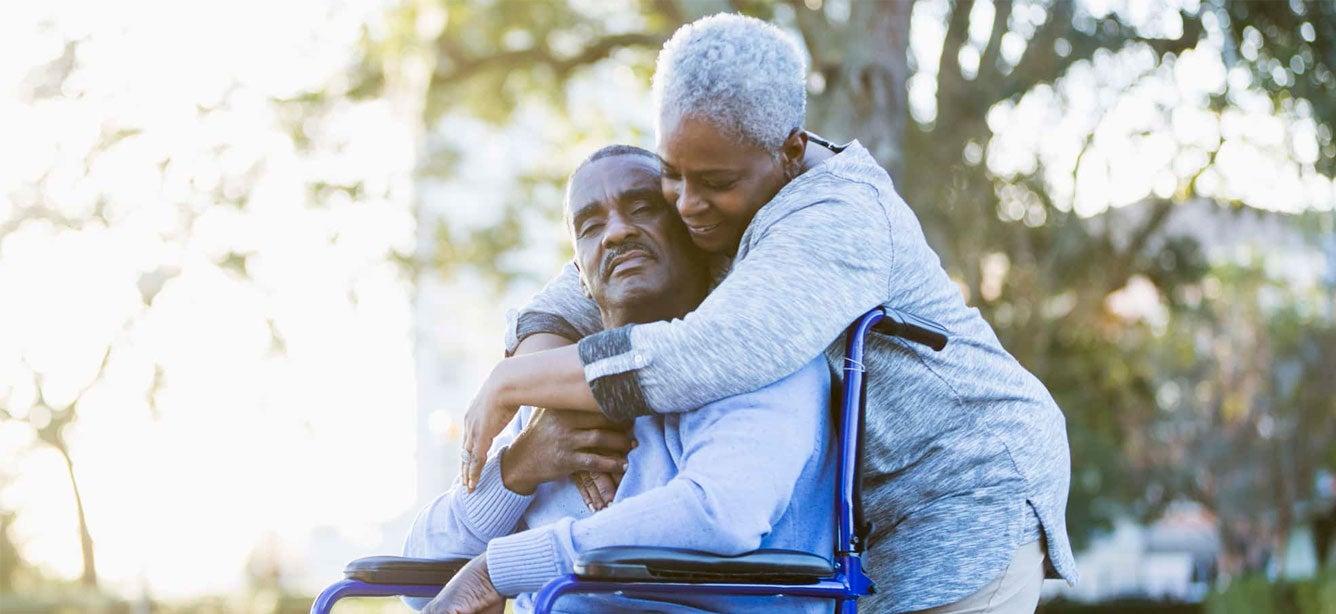
Related Topics
Trying to wear all these hats as a caregiver not only impacts the quality of care you are able to provide, but also your physical and emotional health—especially if the person in your care is living with dementia or another chronic illness. Thus, it is vital that caregivers find the support, and carve out the time, they need to take care of themselves.
Find a respite
One way caregivers can help preserve their own health and avoid burnout is by seeking respite care. Respite can provide an added layer of support to individuals in a caregiving role by giving them a much-needed time out from their caregiving duties.
For example, an individual with Alzheimer’s disease or a related illness could attend an adult day program and benefit from the social stimulation, which can help improve quality of life. During this time, the caregiver may participate in a support group, run errands, visit with friends, tend to their own health needs or, simply, just take the time to relax.
Five respite care options to consider
- Home and Community-Based Respite—These programs provide in home support which allows temporary relief to unpaid caregivers. This type of respite may be available through your local Area Agencies on Aging. Many states and local communities also provide respite through a variety of volunteer programs, state-funded programs, and Medicaid Home and Community-Based Services programs. Some states have Lifespan Respite Programs that coordinate systems of respite across different populations. Many families also pay out-of-pocket to hire direct care workers on their own to provide respite. The Eldercare Locator can help you find resources in your community.
- Adult Day Programs—These programs are for adults in a community-based group setting. Adult day centers typically offer health-based services as well as social activities.
- Facility Based Respite—These programs provide a short stay for your person in a nursing home or another facility.
- Family—Identify family members who can care for your loved one and create a rotating care schedule.
- Friends—See if the individual’s friends can lend a hand in providing supervision. Ask your own friends if they will help to make sure you are taking care of yourself.
November is National Family Caregivers Month
This month, I challenge all caregivers to commit to giving back to themselves, and make a plan to incorporate one of the respite options above into their routine. To find local respite care options near you, start by visiting the Eldercare Locator. And if you know someone who is a caregiver, I encourage you to reach out and share this information with them.
Remember that respite is a necessity, and is key to improving and prolonging yours and your loved one's quality of life.
Have you tried taking advantage of one of the five respite care options above, or perhaps another one we didn't highlight? What life improvements have you witnessed? Or, have you run into hurdles and need advice?



